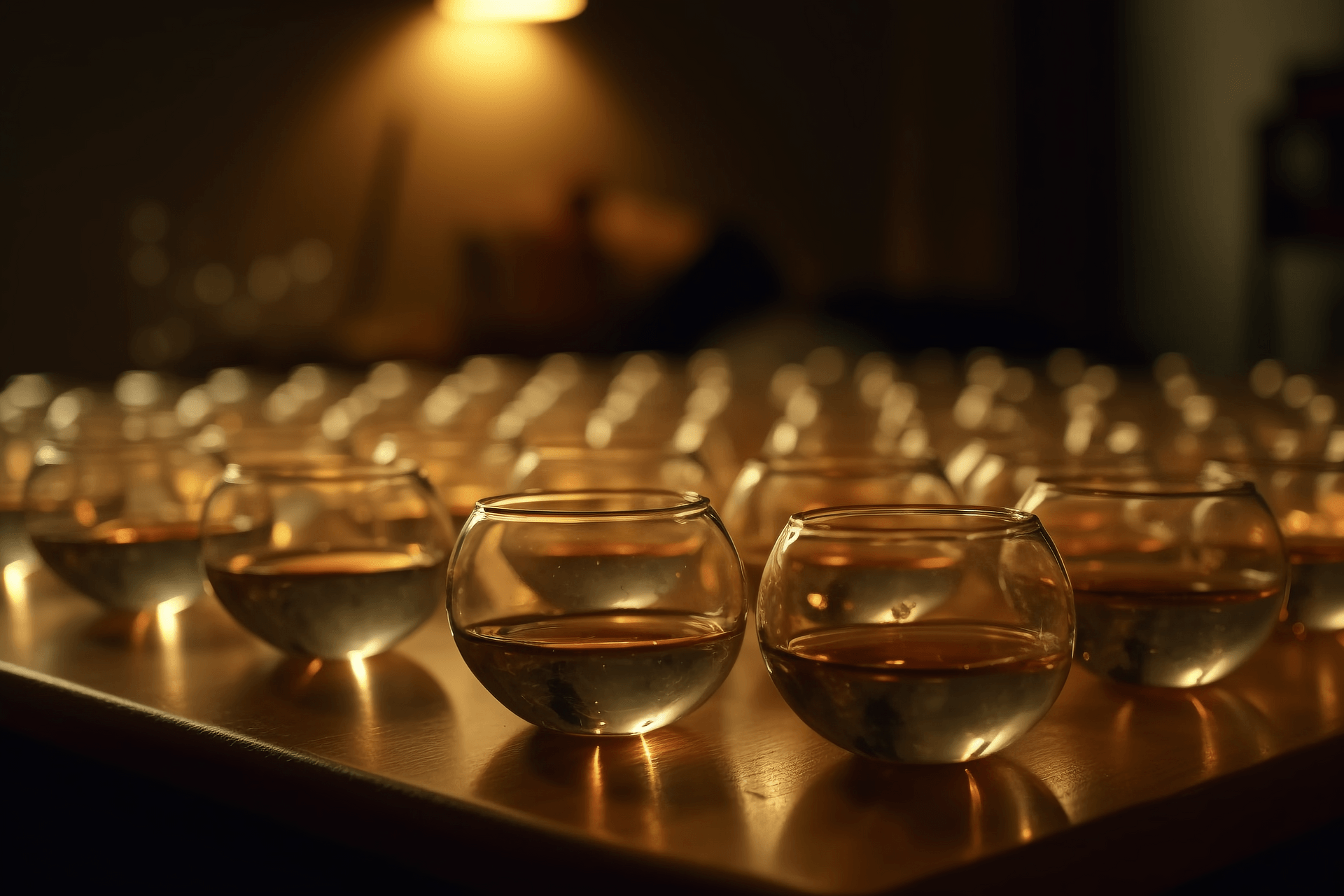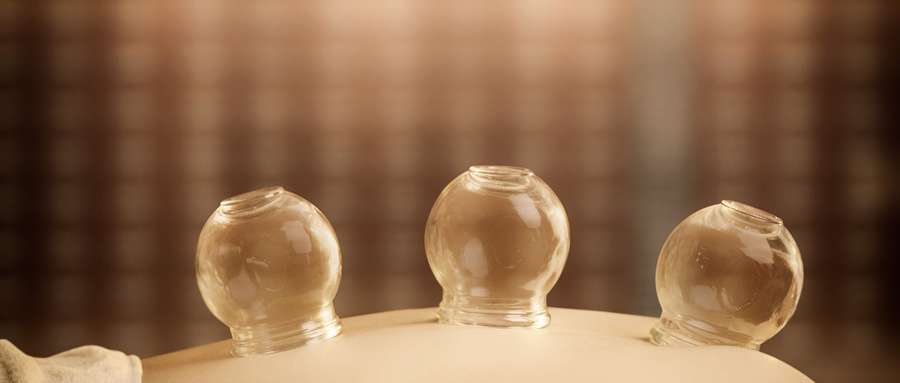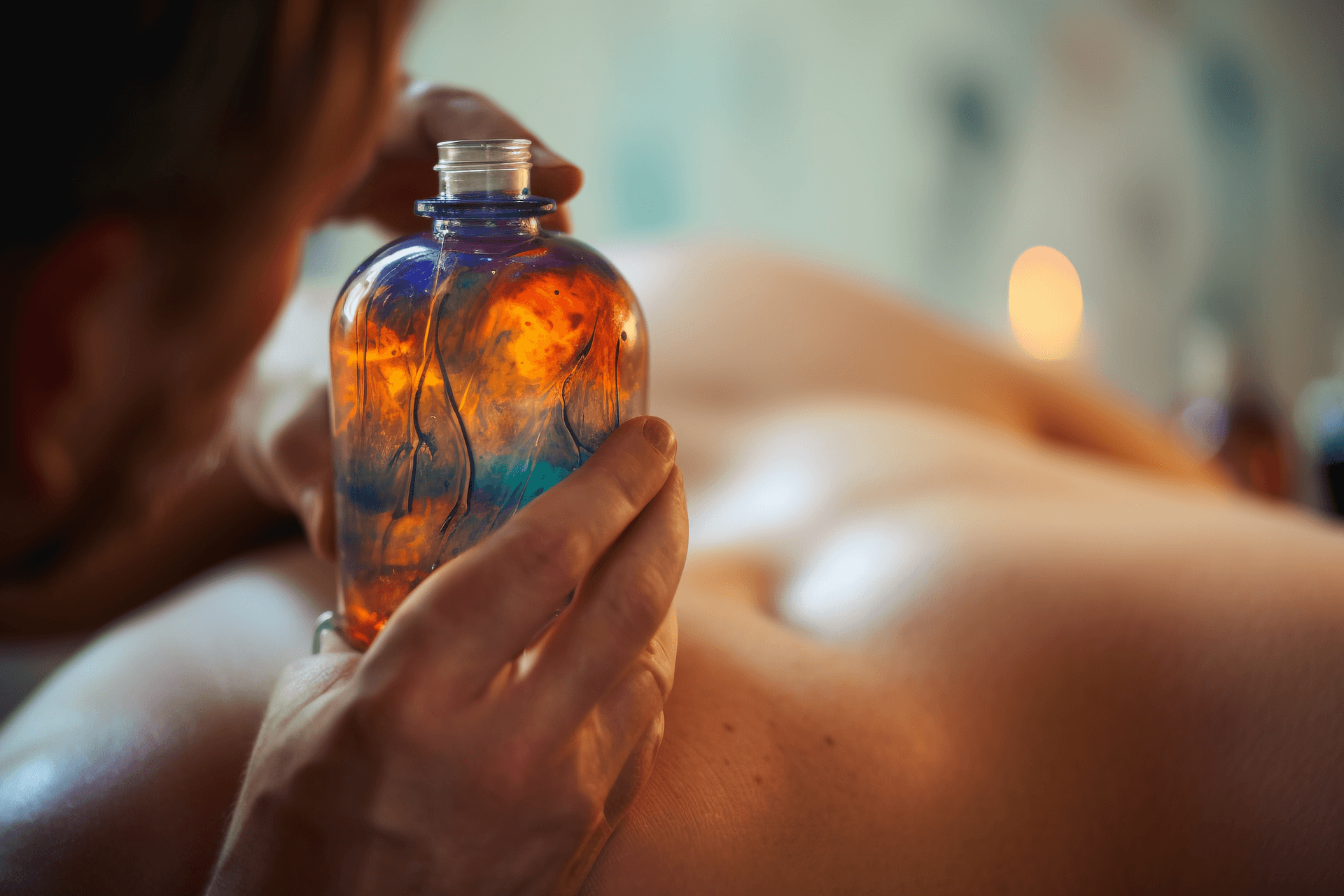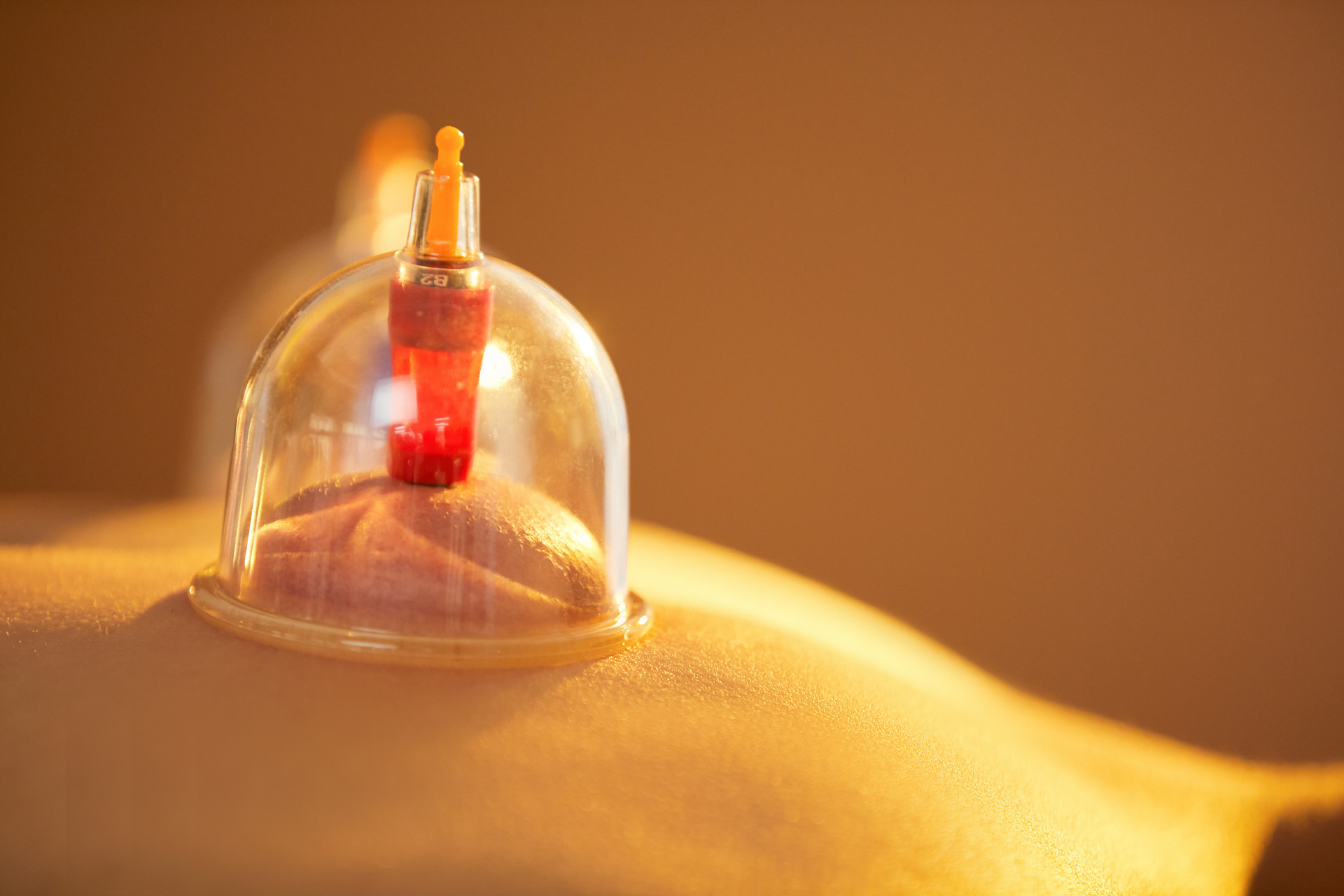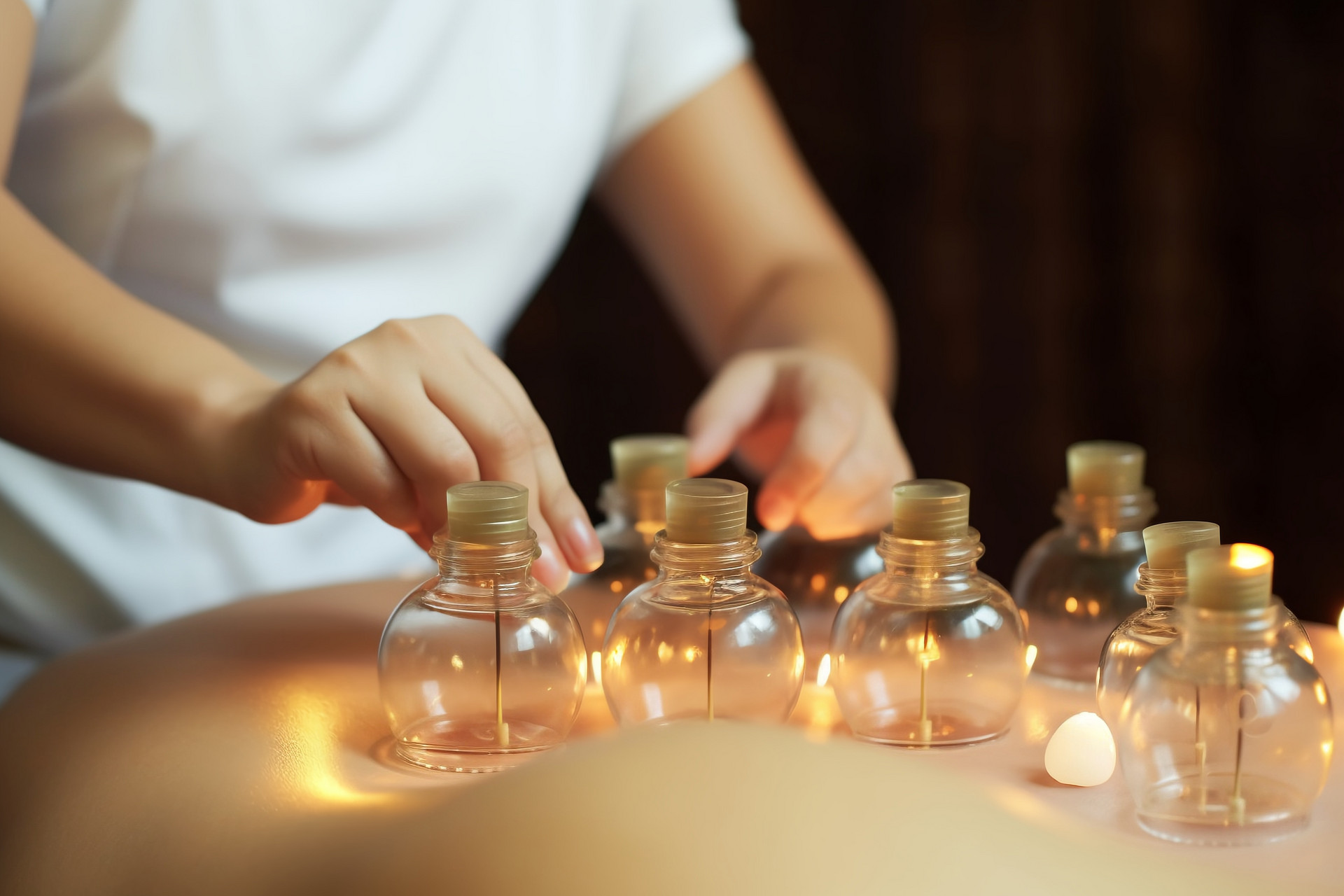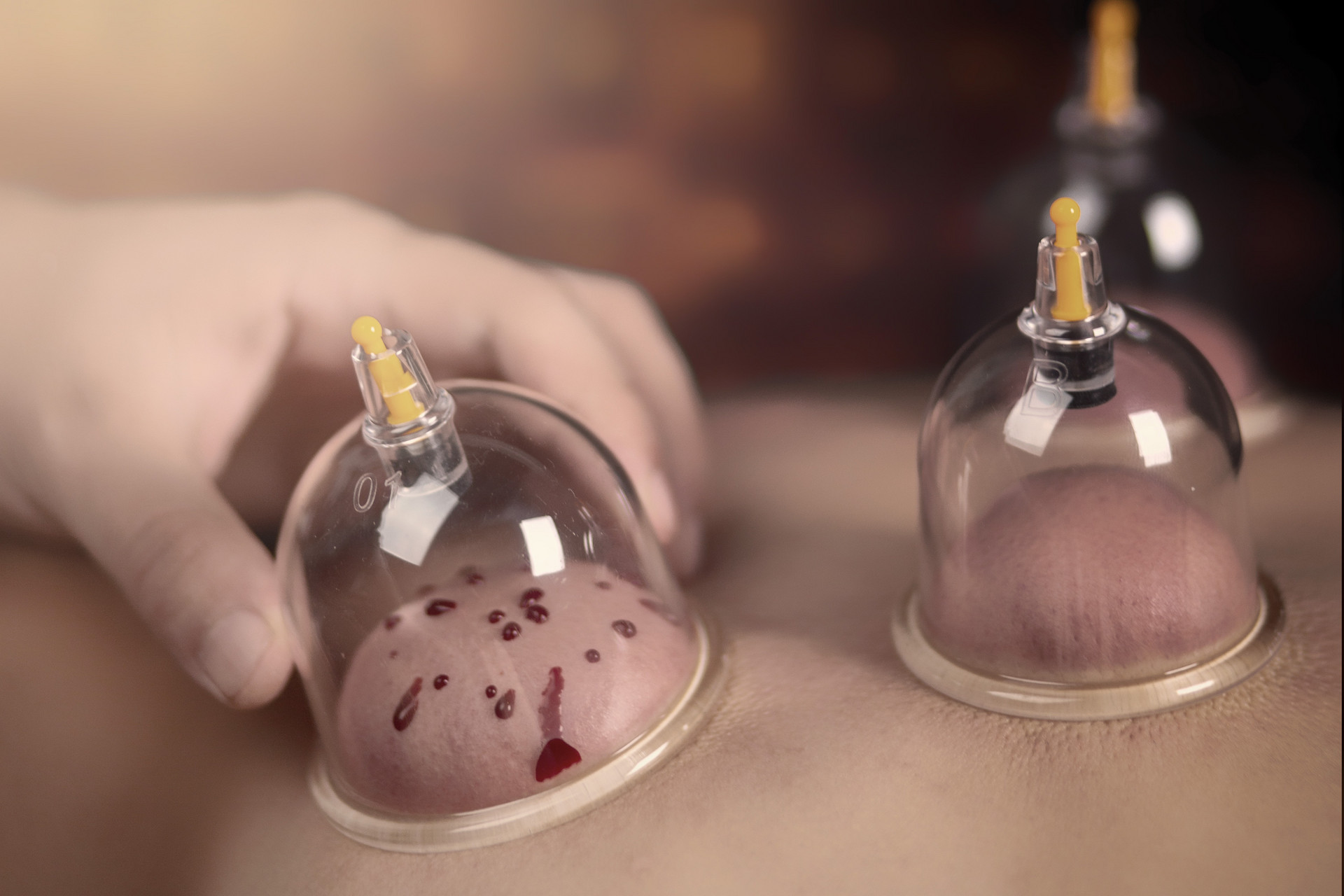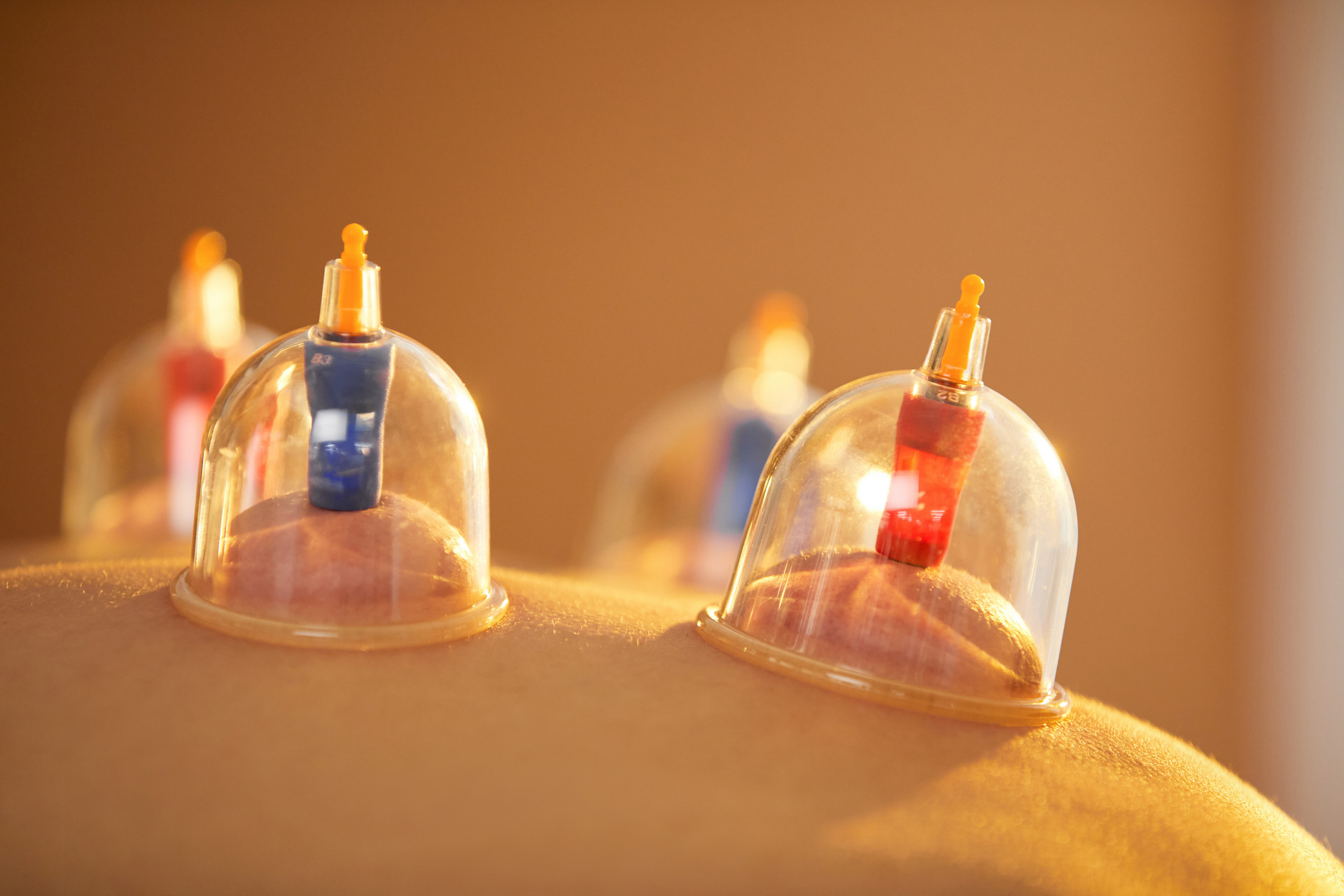Pregnant women, women during menstruation, people with muscle atrophy, children under 6 years old, people over 70 years old, people with mental illness, edema, heart failure, active pulmonary tuberculosis, acute infectious diseases, diseases with bleeding tendencies, and areas such as eyes, ears, nipples, genitalia, areas where heartbeats can be felt, areas where blood vessels pass through, and areas with uneven bone surfaces and excessive hair should not be treated with cupping therapy.
(1) The position should be appropriate. If there are wrinkles, loose skin, scar depressions, or movement during treatment, the cups may easily fall off.
(2) Different sizes of cups should be selected based on different areas. When using the fire method, the flame should be strong and the movement should be quick. The mouth of the cup should be tilted upwards to avoid burning the skin. When using the flash method, do not soak too much alcohol on the cotton swab to prevent it from dripping and burning the skin. When using the adhesive cotton method, care should be taken to prevent the burning cotton from falling off. When using the method of cupping with a stand, the cup should be accurately placed to avoid knocking over the burning stand. When using water boiling cups, the hot water in the cups should be discarded to prevent scalding the patient's skin.
(3) When using needle cupping, care should be taken to prevent muscle contraction and needle bending, and avoid pressing the needle too deeply, which may cause damage. Acupoints on the chest and back should be used with caution.
(4) When using bloodletting cupping, the area of bleeding from needle puncture on the skin should be equal to or slightly larger than the mouth of the cup. The amount of bleeding should be appropriate, with a total volume of no more than 10ml for adults.
(5) When using multiple cups, the distance between the cups should not be too close. Otherwise, the skin may be pulled and cause pain. Also, the cups should not be tightly attached to each other.
(6) When using sliding cupping, do not push or pull on bony protrusions to avoid skin damage or cups falling off due to air leakage.
(7) When removing the cups, gently press one hand against the edge of the cup on the skin and press down slightly to release the air, then the cup can be removed. Do not pull or rotate forcefully.
(8) If there is bleeding from the needle hole after cupping, it can be wiped clean with a dry cotton ball. It is normal to have redness or bruising in the treated area, which will fade on its own. If there is severe local bruising, cupping should not be repeated in the same area. If the cups are left in place for too long, blisters may form on the skin. Small blisters do not need to be treated, but larger ones can be punctured with a needle, drained, and then applied with gentian violet solution and covered with a sterile dressing to prevent infection.


